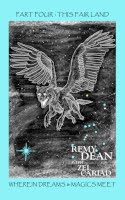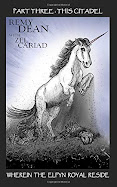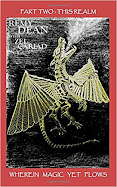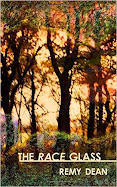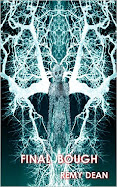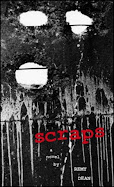The exhibition is divided into several sub-sections but is broadly divided in two, with the first half setting the scene and focussing on the Victorian London of Sherlock Holmes, the London in which Sir Arthur Conan Doyle lived and made authentically present in the stories. The London of the era is so well evoked in - and integral to - many of the stories that this has led many (particularly Americans, it seems) to believe that Holmes was indeed a real historical personage and not a fictitious character. Here you can see paintings and photographs depicting various aspects of Victorian London, often with a quote from a specific story next to it, highlighting the relevance of the artwork and the authenticity of the text.
 |
| Views of Victorian London - photogravure prints by Alvin Langdon Coburn |
On display are a few ‘holy relics’ of Serlockania, such as the original, hand-written manuscript for The Tangled Skein, with that title struck out and A Study in Scarlet added instead. In a cabinet opposite this, there are also some pages from Edgar Allan Poe’s original manuscript for Murders in the Rue Morgue, featuring the detective, C Auguste Dupin, said to have been the inspiration for Sherlock Holmes. So the story of Sherlock begins with the stories, then the exhibition explores how different illustrators have contributed to the enduring visual identity of Sherlock and Watson. It is obvious from portraits of Conan Doyle on display that, from the start, the appearance of Dr Watson was based very closely on the author. The visual identity of Sherlock Holmes developed quickly, though tentatively, until the illustrations for the stories appearing in The Strand magazine were commissioned to Sidney Paget who consolidated the aquiline features and accessories we still associate with the character.
There is also a very interesting ‘thread’ to this section of the expo demonstrating, with the use of actual artefacts of the time, some of the observations and deductions made by Sherlock Holmes. Such as the spatters on the cuffs of a typist’s blouse made when re-inking a ribbon for the, then new, writing machine. The cuts and cracks in the sole of a shoe which could be matched to a cast of a footprint left in mud at a crime scene. The discovery of finger-printing techniques placed in context with the contemporary, and the now debunked, concept of the physiognomy of criminal types.
Numerous screens showed the many and varied actors who have portrayed Homes and Watson, including some of my favourite versions - Robert Stephens and Colin Blakely, Christopher Plummer and James Mason, and for me the definitive pairing of Jeremy Brett and Edward Hardwicke… The whole exhibition brought back poignant memories of seeing them both perform in the two-man play The Secret Of Sherlock Holmes at the Wyndam’s Theatre back in 1989(!?). I had interviewed Jeremy Brett over his pre-performance steak dinner and he had made a note of my party’s seat numbers… and during the performance he delivered a key line directly to us… a lovely gift and a treasured memory.
(An extract of this interview first appeared in Outlook Magazine and here you can read the fuller interview with Jeremy Brett as it later appeared in The Scrawl.)
A fascinating exhibition that manages to stay focussed on meaningful content and examines the many elements that have contributed to making a man that never lived into an immortal. Elementary, of course!
 |
| Tom Hunter's photography beautifully showcased on this scale model of Ellingfort Road in the early 1990s |
From the 1900s, we then travelled back in time via the Victorian Walk, to before that era of Holmes and Watson, exploring the London of the past… the Great Fire, the Globe Theatre and the Great Bard, the Great Plague, the Danelaw, the Romans… we finished with artefacts excavated from the Temple of Mithras discovered in the City. The cult of Mithras was an early Roman religion with many elements inherited from Ancient Egypt, it was a dominant cult at the time of Jesus and there are many parallels with Christianity. All very interesting, though Mithras' traditional Phrygian cap does make him look rather like he was balancing a guinea pig on his head …and did Serapis, the god of the Mithran underworld, balance a pot of yogurt on his? No that is his modius - a corn measure representing the fertility of the earth above him...
 |
| Michael Bond's 1965 Olympia typewriter |


.jpg)








